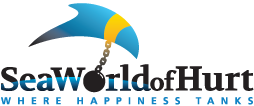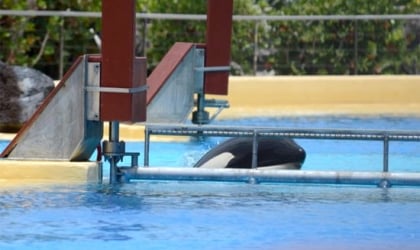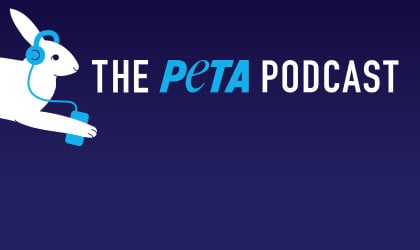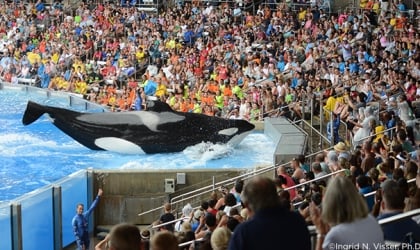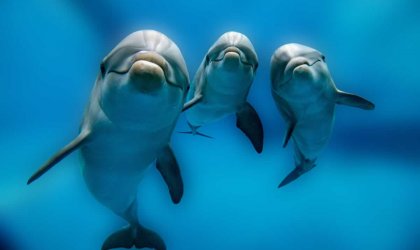Eleven years ago today, Duncan—a male bottlenose dolphin—died at SeaWorld.
Here is Duncan’s tragic story.
He was born on August 29, 1992, at SeaWorld San Antonio. As with every animal held captive at a SeaWorld abusement park, Duncan was robbed of any chance of a natural life. He never got to know what it’s like to be part of a pod—mating, socializing, and defending pod members at his own discretion. He never got to explore the vast ocean and its miles and miles of freedom—in fact, he never got to swim free in the ocean at all. Thanks to SeaWorld, his environment mostly consisted of a concrete tank. Only in death is he finally free.
Shuffled From Theme Park to Theme Park
As if confining him and forcing him to perform tricks for spectators in exchange for food …
… weren’t cruel enough, SeaWorld shipped Duncan between its parks half a dozen times. Here’s a timeline of his transfers:
- 1992—born at SeaWorld San Antonio
- 1995—transferred to the now-defunct SeaWorld Cleveland
- 1997—transferred to SeaWorld Orlando
- 1998—transferred back to SeaWorld Cleveland
- 1999—transferred back to SeaWorld Orlando
- 2004—transferred to SeaWorld San Diego
- 2005—transferred and used for the U.S. Navy Marine Mammal Program in San Diego
- 2007—transferred back to SeaWorld San Diego
Like many animals used and abused by SeaWorld, Duncan was frequently shipped to and from various parks and relocated to different tanks—all for the sake of human entertainment. Such inconsistent and unnatural housing situations are known to result in injuries and stress.
SeaWorld Still Forcibly Breeds Dolphins
While held at SeaWorld, Duncan fathered at least two calves—one with Jenever and one with Callie, two captive female dolphins. His calf with Jenever died in 2003, only 14 days after being born. His calf with Callie didn’t survive a single day—he or she was stillborn in 2004.
More than 60 bottlenose dolphins, including 16 stillborn babies, died at SeaWorld parks in just 10 years.
In 2016, facing mounting criticism from PETA, scientists, and the public, SeaWorld ended its sordid orca-breeding program—but this does nothing for the 20 orcas and hundreds of other dolphins, whales, and other animals who continue to suffer in the company’s tanks.
A Tragic End to a Tragic Life
Duncan died on November 7, 2008, after suffering from chronic pneumonia. Captive dolphins routinely die prematurely of infectious diseases in marine parks. More than 40 orcas (who are actually dolphins) and approximately 300 other dolphins—including Duncan—and whales have died on SeaWorld’s watch, many of them prematurely. Although SeaWorld feigns ignorance, the many premature and unusual deaths at its parks point to one common denominator: captivity.
Remember: Orcas aren’t the only cetaceans suffering at SeaWorld.
Thanks to Blackfish, many people are aware of the violent capture of orcas and their cruel imprisonment at SeaWorld. But today, 140 other dolphins are confined to just seven of the company’s cramped tanks. They’re forcibly bred, sometimes after being drugged, and used in cruel and demeaning performances at SeaWorld parks.
And just like Duncan (above), many of these cetaceans will likely die prematurely.
In nature, dolphins live in large, complex social groups and swim vast distances every day in the open ocean. But in captivity, they’re often housed in incompatible groups, and because of their cramped enclosures, they’re unable to escape attacks from other frustrated, aggressive dolphins, and they’re forced to perform in demeaning circus-style shows.
Dolphins are among the most exploited of all the captive wild animals in the U.S. It’s too late for Duncan, but our actions and choices can help other captive marine mammals like him. Click on the link below to learn more about dolphin exploitation and suffering at SeaWorld parks.
And urge the marine park company to end all animal acts:
